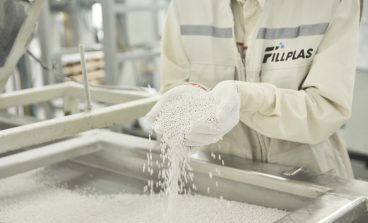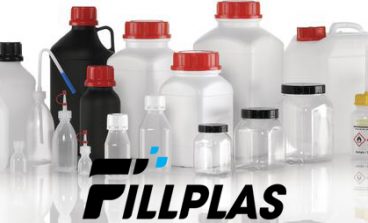
There are already some great plastic alternatives on the market for packaging. Many people forget that certified materials such as papers and cardboards are renewable sources. And their use should be encouraged where possible because there are recycling and reuse options. However, there are also other alternatives that are not widely known about too. Many of them are relatively new materials, so their use is still fairly small-scale. And there is also confusion surrounding the differences in their production and disposal processes. These are the three main groups of materials that are emerging in the packaging market.
Bioplastics for normal plastic replacement
Bioplastics get a lot of heat because they have ‘plastic’ in the name, but this isn’t meant in the traditional sense. As mentioned above, ‘plastic’ is a characteristic of materials that can be molded easily. Bioplastics are the same in this regard, the difference is that they come from renewable and not petroleum-based sources. They also don’t contain BPA, a harmful industrial chemical used in conventional plastics production. Bioplastics can be produced from a variety of different sources. The most common are sugarcane and corn, which are broken down into sugars and starches, which are then reformed as plastic. This allows them to safely biodegrade over time, so long as they’re disposed of under the right conditions.
Compostable materials for normal plastic replacement
There is a lot of confusion surrounding the difference between biodegradable and compostable packaging. And especially as some designs are technically both. Although the process is similar, there are some distinct differences. Compostable materials must be disposed of in conditions friendly to the microbes which break down the components, whereas regular biodegradable materials don’t need oxygen to facilitate the process. Composting, however, is usually much faster and can be disposed of either in a home composting heap or a commercial one, making it a viable option for all consumers. The noissue compostable eco-mailers, for example, take only 6 months to biodegrade because they are made entirely out of corn starch. They are also waterproof and highly durable, making them a great alternative to conventional plastic mailers.
Biodegradable plastics for normal plastic replacement
In contrast to bioplastics, these are still made from petroleum-based sources. They are modified so that they degrade much faster over time. Most are modified to make them more sensitive to light or heat, which accelerates the break-down process. However, this can only be done under controlled conditions, meaning that some form of the organized collection process is needed for consumers.
Fillplas has bio filler masterbatch products. Please kindly visit us to have more information.



